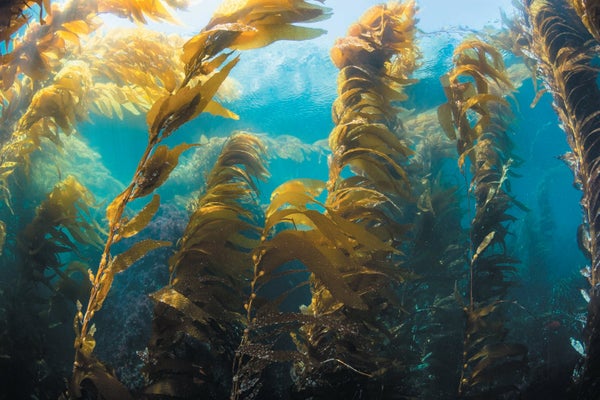What Plant Migrations Tell Us about Ourselves
New insights into why animals play, how to hunt an asteroid, and more books out now
An underwater view of a kelp forest.
Brent Durand/Getty Images
NONFICTION
Dispersals: On Plants, Borders, and Belonging
by Jessica J. Lee
Catapult, 2024 ($27)
As a child in Canada, Jessica J. Lee squirmed at the kelp her Taiwanese mother sprinkled in sparerib soup and at the laverbread her father’s Welsh parents made from pureed boiled seaweed. “How can I love something I remain afraid of?” asks Lee, a memoirist and environmental historian. In this lyrical essay collection, she decides that she needs “to think about seaweeds objectively—hold them out in front of me like ideas.” By rendering them as physical marvels while parsing the ideas we project onto them, Lee makes visible the entanglements between our lives and theirs.
On supporting science journalism
If you’re enjoying this article, consider supporting our award-winning journalism by subscribing. By purchasing a subscription you are helping to ensure the future of impactful stories about the discoveries and ideas shaping our world today.
Algae are everywhere, from biofuels to toothpaste, and Lee reveals how much our knowledge of them was shaped by 19th-century female algologists, who were encouraged to study the plant because its nonflowering structure made it “polite” for women to research. “Like seaweeds, how much of their lives went unnoticed?” Lee asks. Dispersals shows us that we cannot view the trajectory of a plant without bumping into trajectories of human power.
Weaving material from literary, personal, scientific and historical sources, Lee examines plants—including seaweed and far beyond it—that broach human borders, exploring their migrations alongside her own. “What is it to be a world citizen amongst species?” she asks. “The natural world presses against our tendency to lay arbitrary geopolitical boundaries upon it—and…
Read the full article here







